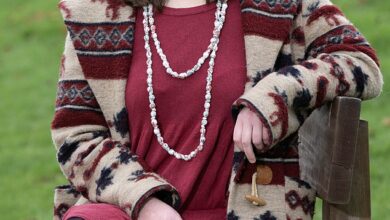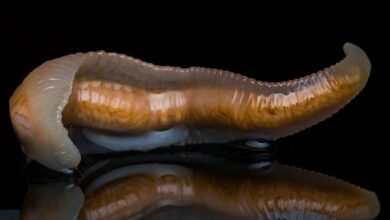The doctors’ ultimate sunscreen guide: As brands FAIL protection tests – how to tell if yours will really protect you, why not all SPF factors are equal and the claims you should NOT trust
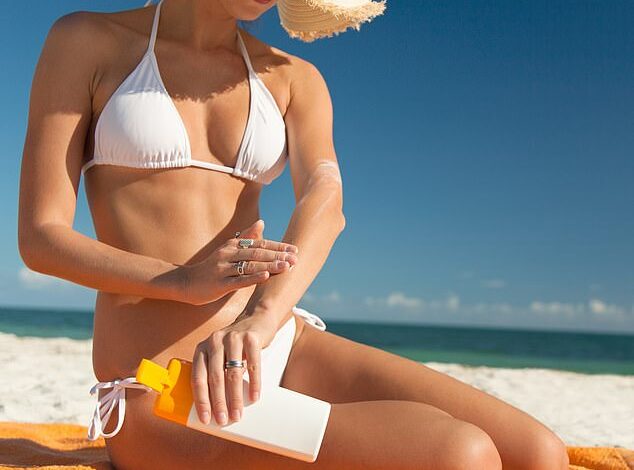
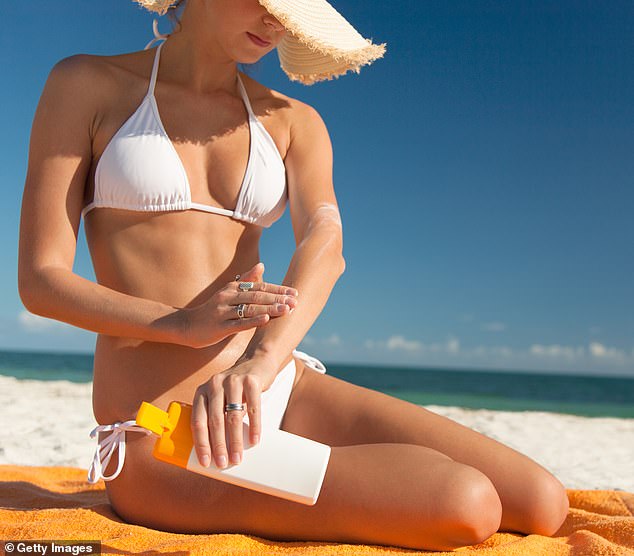
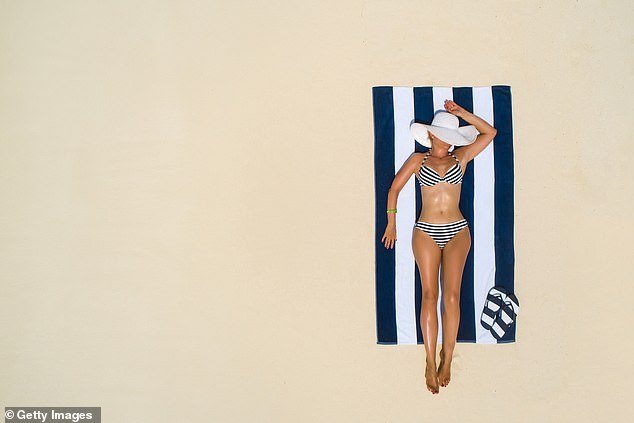
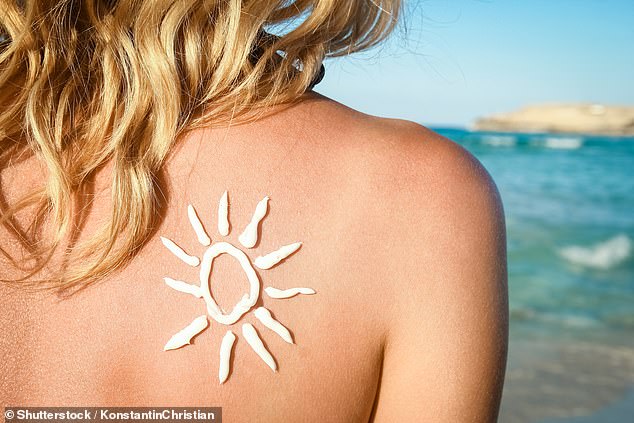
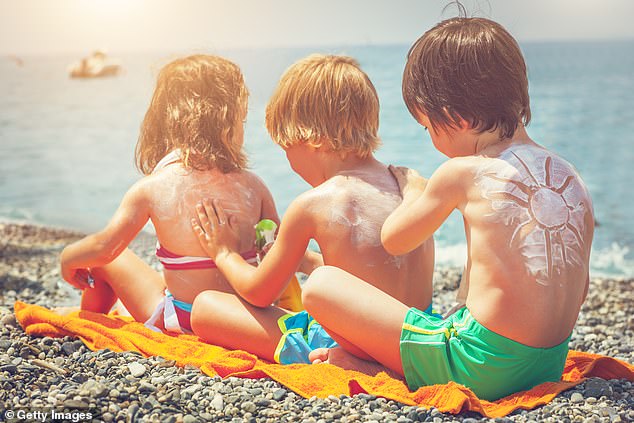
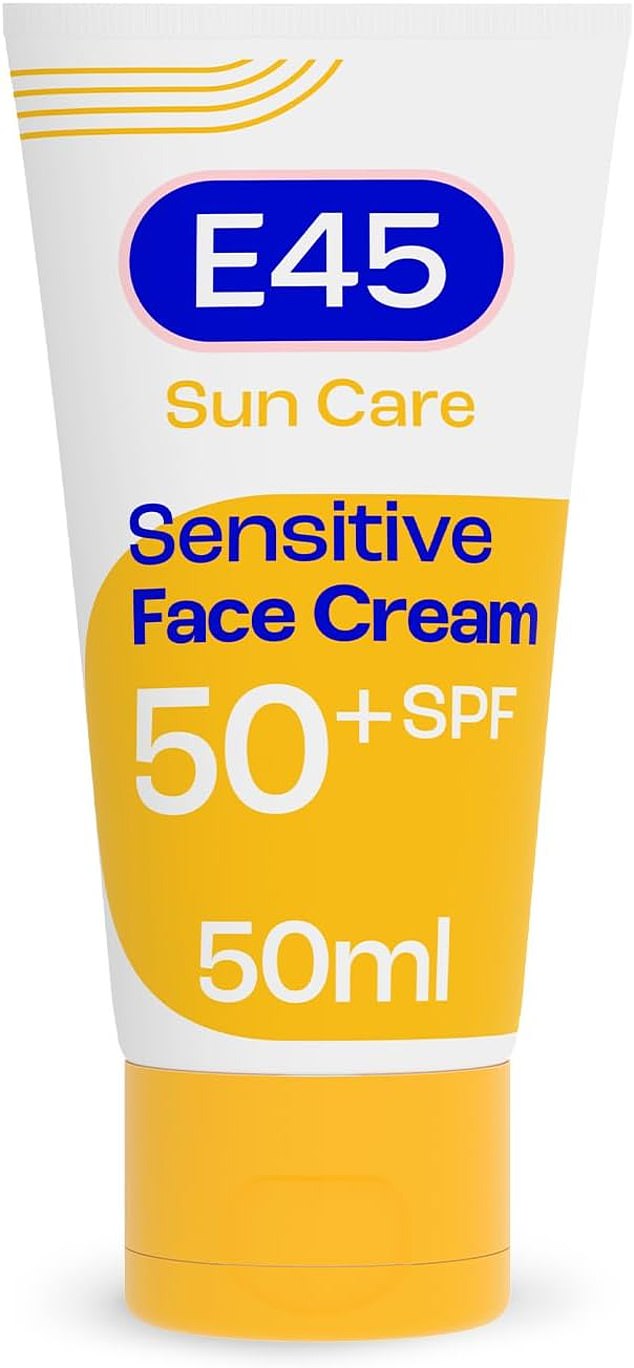
Wearing sunscreen can help keep you safe in the sun — it’s a mantra that has been drummed into us for years — but how much can we really rely on it?
Recently, concerns have been raised that the claims about the degree of protection offered by some products isn’t always accurate. What’s more, some experts say that many people don’t understand what sort of sunscreen they are buying, nor how much it protects them.
The upshot is that many are still leaving their skin dangerously overexposed to the sun’s harmful UV rays.
‘This is a serious issue — there are proven links between sunburn and some types of skin cancer,’ says Antony Young, a professor of experimental photobiology at King’s College London.
‘Applying sunscreen regularly and generously is one of the most effective ways to protect your skin against damage from UV rays.

Wearing sunscreen can help keep you safe in the sun but concerns have been raised that the claims about the degree of protection offered by some products isn’t always accurate
‘People generally are aware of the need to wear sunscreen, but there’s still confusion about what labels mean and how to apply the product to get the best results,’ adds Professor Young, who is also a spokesperson for the British Association of Dermatologists.
But how much can you trust the available sunscreen products?
Last week, consumer group Which? announced that three widely available sunscreens had not passed basic sun protection tests: Asda Protect Moisturising Sun Lotion SPF30 High; Bondi Sands SPF50+ face sunscreen lotion; and Calypso Press & Protect Sun lotion SPF30. All three companies disputed the findings.
Dorothy Bennett, a professor of cell biology at St George’s University of London, said she found the results ‘disturbing’.
Professor Young says the Which? results provoked ‘a furore because it’s quite rare for sunscreens to make claims that can’t be backed up by independent tests.
‘Sunscreens are classed as cosmetic products and are covered by strict laws,’ he says. ‘The UK and EU Cosmetics Regulations require that any claim made by a product must be substantiated.’
For SPF testing, volunteers’ bare skin is exposed to UV lamps simulating sunlight and experts check visually to determine the point when the skin starts reddening, with or without sunscreen.
‘Occasionally, there can be odd results, as the tests for SPF ratings are subjective — based on the human eye — so there is margin for error,’ says Professor Young.
There’s no doubt that good sunscreen used properly can protect your skin from the sun’s UVA rays that primarily lead to premature ageing — and UVB that primarily lead to burning.
What’s more, sunscreen can help cut the risk of skin cancers, including potentially lethal malignant melanoma. One study by Ohio State University in 2016 suggested that applying SPF30 prior to UVB exposure reduced the risk of melanoma by up to 80 per cent.
But scientists have also identified a ‘sunscreen paradox’: while the number of people using sunscreen has increased — around 40 per cent of people now use it when they go on holiday, according to a YouGov survey published in April — the rates of melanoma are rising.
Earlier this year Cancer Research UK predicted there will be a record 20,800 cases of melanoma diagnosed this year — up from a yearly average of 19,300 between 2020 and 2022. Meanwhile, in 2016 to 2018 there were 16,744 new cases of melanoma and 2,333 deaths.
‘The problem is that people use sunscreen as a permission slip to tan,’ said Dr Ivan Litvinov, an assistant professor in the division of experimental medicine at McGill University in Montreal and co-author of two recent studies into the ‘sunscreen paradox’.
‘People think they are protected from skin cancer — the fear is that this could mean that they tend to stay out longer in the sun.’
To help keep you safe, here we provide an expert guide to sun protection.

Applying sunscreen regularly and generously is one of the most effective ways to protect your skin against damage from UV rays
What SPF really means
When companies develop a sunscreen they give it a sun protection factor (SPF), which relates to the number of minutes it takes a patch of skin covered in sunscreen to slightly redden when exposed to UV light — and divide that by the number of minutes it takes to slightly redden when there is no sunscreen applied.
‘So if it takes 300 minutes for skin to burn with sunscreen, and ten minutes to burn without it, then to work out the SPF you divide 300 by 10, which is 30; the SPF is 30,’ says Dr Justine Hextall, a consultant dermatologist at Sussex University Hospitals NHS Foundation Trust and the private Tarrant Street Clinic in Arundel.
‘Higher factor sunscreens are generally more expensive, but they do offer that extra protection, particularly if you have fair skin,’ she says. ‘However, if you have tanned skin, SPF30 can be adequate if you apply it properly every two hours in the sun.’
That’s because a tan is due to a skin pigment called melanin, which helps protect the skin against UV rays (but a tan can also be a sign of sun damage). Dr Hextall adds that ‘anything below SPF15 is classified as low protection and won’t really do much to protect skin’.
‘I would recommend a SPF30 as a minimum for paler skin types,’ says Richard Weller, a professor of medical dermatology at the University of Edinburgh.
‘I usually start my holiday on the beach wearing SPF50+ and then take it down as my skin darkens and extra melanin is produced.’
One problem is that most people don’t apply a sufficient amount of sunscreen to get the protection displayed on the label. ‘Bearing that in mind, using SPF30 probably provides the equivalent of SPF15 as people tend to apply it so thinly — so fair-skinned people will need a higher SPF to get the protection they need,’ says Professor Weller. ‘Darker-skinned people may need a lower SPF.’
And it isn’t enough to just look at the SPF rating, it is really important it has broad-spectrum UV protection too, particularly as UVA damage can contribute to some skin cancers.
Most sunscreen is now rated according to its UVA protection in stars — going from one to five. Dr Hextall says: ‘I always buy a sunscreen that has a UVA star rating of five.’ Some organic sunscreens may not have a UVA star rating.
Know your ingredients
Sunscreens work in one of two ways to block harmful UV rays. Either they use minerals ground into tiny particles to form a physical barrier, reflecting UV rays away from the skin; or they use chemicals that absorb UV rays.
Chemical sunscreens tend to be easier to apply, but take half an hour or so to work. Physical sunscreens provides immediate protection, but tend to be harder to rub in. ‘They are equally effective and it comes down to personal choice,’ says Dr Hextall. ‘You can tell by looking at the ingredients’ list whether a product is a mineral or a chemical sunscreen,’ she says.
‘Both titanium dioxide and zinc oxide are mineral sunscreen ingredients. They each give broad-spectrum UV protection and work best when combined — so choose a sunscreen with both if you can.’
Chemical sunscreens use ingredients such as avobenzone, oxybenzone and octinoxate to absorb UV rays. ‘This reaction creates low-level heat, but it quickly dissipates so you won’t feel hotter,’ explains Dr Hextall.
Professor Young adds: ‘Mineral sunscreen is thought to be better for sensitive skins and kinder to the environment, although zinc oxide and titanium dioxide can leave a white residue and feel less pleasant on your skin.’
Another reason many dermatologists recommend mineral sunscreens over chemical is that they tend to deteriorate less quickly once opened, adds Dr Hextall.
Some sunscreens combine both chemical and mineral ingredients to provide ease of application with immediate sun protection. Nivea Sun, for example, the most popular sunscreen in the UK, uses titanium dioxide as well as chemical UV filters in some of its products.
‘These hybrid sunscreens offer immediate sun protection and are also easy to apply in terms of texture, so they are generally a good choice,’ says Dr Hextall.

Sunscreen can help cut the risk of skin cancers, including potentially lethal malignant melanoma
What about water?
The U.S. Food and Drug Administration decided in 2011 that sunscreens can no longer be described as waterproof or sweatproof, as this exaggerates the effectiveness of the protection.
‘In the UK, brands are allowed to call their sun creams waterproof or water resistant and they undergo testing to ensure that they still offer a good level of protection after immersion of the skin in water for a given amount of time,’ says Professor Young.
Water-resistant sunscreens are formulated to stick to skin, even when submerged in water, and may contain silicones and mineral oils, which create a seal that stops water getting through.
‘Sunscreens can be labelled as ‘water-resistant’, meaning that depending on the formulation, the sunscreen is effective for up to 40 minutes in water,’ says Dr Matthew Sommerlad, a consultant histopathologist at University Hospital Southampton.
Manufacturers can still claim a sunscreen is water resistant if the SPF drops by as much as 50 per cent after two 20-minute periods of immersion and the tests are carried out using tap water, not salt water, he adds.
Sunscreen should be reapplied straight after you have been in water, even if it’s ‘water resistant’, says Dr Sommerlad.
Don’t trust ‘once-a-day’
‘A sunscreen can be made to be longer-lasting by adding ingredients, such as beeswax or candelilla wax, which help it grip the skin,’ says Dr Hextall, ‘or by using chemical UV filters said to be more stable.’
Professor Bennett advises caution when using all-day products: ‘Some are advertised to last all day, but the small print may say you need to reapply after swimming, towelling or sweating.’
In Australia — a leading authority in sun protection — it is no longer permitted to label any sunscreen product as ‘once a day’.
Meanwhile, ‘children tend to have more sensitive skin that’s easier to burn — and so need higher SPFs than adults,’ says Professor Bennett. One single severe sunburn in childhood can be serious.
Children’s sunscreens are formulated to be easy to apply and suitable for sensitive skin, with no added fragrance for example.
‘For young children I always suggest UV clothing as it’s the easiest way to give full sun protection,’ says Dr Hextall. ‘Then apply a sunscreen to all exposed areas, using SPF50 with broad-spectrum protection.’

Children tend to have more sensitive skin that’s easier to burn — and so need higher SPFs than adults
Is it worth paying more?
Price doesn’t seem to be any guarantee of quality, with the recent Which? tests finding that Lidl and Aldi products passed tests despite being notably cheaper than rivals.
La Prairie Voile Protection UV SPF 50/PA+ Veil costs £124 for 50ml, but the first ingredient is aqua (i.e. water), then cucumber, liquorice and flower and seed extracts, ‘some of which may make sunscreens feel nicer on the skin’, says Dr Hextall.
‘However, basic sunscreens can offer similar protection if they have the same SPF or UVA star rating, whatever the cost.’
Check the expiry dates
Unopened, most sunscreens last three years after the date of manufacture. If they are opened and not airtight (screw top or pull-off bottle tops tend to allow more air to pass into the product than pump action bottles) this can be very much shorter.
Professor Bennett says: ‘Look for an icon of an open pot with 12M, 6M or 24M against it, which means the number of months before expiry if opened.’ An hourglass means the product will last 30 months from its manufacture date, opened or not. The danger with old sunscreen is that it may lose potency. ‘Throw it out if it has lost its colour, smells bad or is clumping,’ adds Professor Bennett.
Dr Hextall adds: ‘I have seen patients with nasty sunburns because they mistakenly used sunscreen past its best, which no longer offered the correct protection. In some cases, old sunscreen can also contain bacteria that can lead to skin infections.’
How much to apply
To achieve the SPF reflected on the bottle, spread sunscreen on thickly — the British Association of Dermatologists recommends using half a teaspoon for your face and neck.
Adults should use roughly six to eight teaspoons of sunscreen to cover their entire body. ‘Used properly, with three whole-body applications a day, a 200mg bottle of sunscreen would last two days for an average-sized woman,’ says Professor Young.
‘Spray sunscreens need to be applied until the skin looks wet to be effective, not just sprayed from a distance leaving a fine mist,’ adds Dr Hextall.
Can you overdo it?
UV light has important health benefits. It’s well known that ‘vitamin D is synthesised in the skin in the presence of UVB rays in sunlight which has important benefits to healthy bones and teeth as well as a healthy immune system’, says Professor Weller.
But sunlight may also play a role in lowering blood pressure. In a paper, published in the Journal of Investigative Dermatology in 2014, Professor Weller showed how the skin produces nitric oxide — which encourages blood vessels to dilate so lowering blood pressure — in the presence of UVA light.
‘If you look at the average blood pressure of people in Britain, it is 3 or 4mmHg lower in summer than it is in winter,’ he says. ‘My take on this is that it is beginning to be accepted that sunlight has benefits as well as hazards and there needs to a balance.
‘Generally speaking for most people, 20 minutes of unprotected sun exposure a day in the UK should be enough to get the benefits without the harm.’
And from hair spray to a pill, we assess the newest products on the market
If you think your choice of sunscreen is limited to a cream you smear from head-to-toe, you’d be wrong. The latest options are not only body part specific, but also available in formats from balms to mists — even capsules. But do they still do the job? CHARLOTTE DOVEY asked experts to review a selection.
With insect repellent
Incognito Mineral Suncream Insect Repellent, 100ml, £16.49, hollandandbarrett.com
Claim: ‘Contains botanical PMD to repel insects and aloe to nourish the upper dermal layers of the skin. Broad-spectrum UVB and UVA with SPF30.’
Expert verdict: ‘PMD is a plant-based alternative to the chemical insect repellent DEET. It is believed to work by altering the bugs’ ability to smell us,’ says Dr Sophie Momen, a consultant dermatologist at Guy’s and St Thomas’ and the Cadogan Clinic in London.
‘However, I question the need for mixing this with sunscreen.
‘Insect bites tend to occur at dawn or dusk in most tourist destinations, which isn’t when you’d need sun cream. And in tropical regions where you’d get bitten during the day, you’d want a stronger SPF than 30.
‘It’s also mineral-based — containing zinc oxide — which sits on the skin’s surface and creates a barrier to the sun’s rays. But it can leave a white-ish tint.
‘This also contains linalool, a natural fragrance, which can trigger redness, itching and swelling on sensitive skin.
‘If you need to ward off the mozzies, buy a separate repellent and apply as necessary.’
For dry/sensitive skin
E45 Sun Face Cream for Sensitive Skin, 50ml, £12.99, boots.com
Claim: ‘SPF 50+. Hydrating sun cream with very high UVA and UVB protection for dry, sensitive skin. Suitable for eczema-prone skin.’
Expert verdict: ‘This really is just E45, the well-known treatment for dry skin, with sun protection in it,’ says Dr Ross Perry, a GP and medical director of Cosmedics Skin Clinics.

E45 Sun Face Cream for Sensitive Skin, 50ml, £12.99, boots.com
‘Using a specific product for the face isn’t a bad idea as the skin is thinner and more sensitive than the rest of the body. If you suffer from sensitive skin or are acne prone, an all-body one could cause irritation.
‘It contains hyaluronic acid, squalane and shea butter, which are moisturising. To treat dry skin, use your normal moisturiser, let it soak in, then apply a sunblock. However, this is a good day-to-day sunscreen that isn’t overly expensive.’
Protects lips
Soltan Active 2 in 1 Face Cream & Lip Stick, 20ml, £6, boots.com
Claim: ‘Two in one suncare for face & lips; SPF50+, UVA and UVB protection, water and sweat resistant.’
Expert verdict: ‘I think it’s particularly helpful for lips,’ says Dr Momen.
‘The lip border is a common site for damage from the sun’s UVA (which ages skin) and UVB (which burns the skin and can cause cancer). This is because the lips protrude slightly and are often left unprotected.
‘Putting the sunscreen in a waxy, water-resistant stick will help this stay put. It contains the chemical sunblock ethylhexyl salicylate and the mineral sunblock titanium dioxide, so is a combination sunscreen which can work well. ‘
Stops hair burning
Aveda Sun Care Protective Hair Veil, 100ml, £22.95, lookfantastic.com
Claim: A ‘lightweight, water-resistant UV defence mist that forms an invisible screen to help protect hair from sun exposure’ with ‘naturally derived UV filters’.
Expert verdict: ‘The active UV protection ingredients are wintergreen and cinnamon bark oils, which aren’t used widely in traditional sun protection products as there’s more evidence for mineral and chemical-based ones,’ says Dr Perry.
‘Hair can become dry in the sun but there isn’t really any need to protect it medically, it won’t start falling out.
‘If you’re worried about burning your scalp, this won’t make a jot of difference. In that case I’d suggest using a specific product — or wearing a hat.’
‘Natural’ protection
Odylique Natural Sun Screen, 100ml, £27, odylique.co.uk
Claim: ‘Broad-spectrum UVA, UVB and powerful organic antioxidants to scavenge free radicals . . . and counteract the damaging effects of the sun.’
Expert verdict: ‘The UVA and UVB protection in this balm come from zinc oxide and karanja oil from the seeds of the Indian beech, an ingredient I’m not aware of as having strong evidence as a sunscreen.
‘But whilst it says it’s free from common allergens, it contains sea buckthorn which is a known irritant and can cause rashes — as can the rosemary extract.
‘What I find most confusing here is the guide for application. It recommends two to three generous pea-sized amounts per exposed limb and three for the torso, but it then suggests those with particularly sensitive skin add a further two generous pea-size amounts after five hours — and one large pea-size dollop after two and a half hours. This is confusing. I wouldn’t recommend it, especially at £27.’
DNA defence
Skincycles DNA Defence Sun Shield, 50ml, £55, skincycles.com
Claim: ‘An innovation DNA defence complex strengthens skin’s immune system and stimulates DNA repair. Balanced UVA and UVB spectrum protection; SPF 100+.’
Expert verdict: ‘Suggesting something defends your DNA is always going to grab your attention,’ says Dr Perry. ‘But all sunscreens should work this way: by blocking or absorbing UV rays, they stop the DNA damage that these rays can cause in our skin cells.
‘The ingredients in their ‘DNA defence complex’ — tocopheryl acetate, camellia sinensis leaf extract, among others — however, are more likely to be seen in an expensive moisturiser. And while they have antioxidant and anti-inflammatory properties, they have nothing to do with protecting against UVA and UVB rays.’
Dr Momen adds: ‘Like many newer products this has a plus after the SPF (here it’s 100+).
‘However my worry with any high SPF sunscreen, is that it can lure people into a false sense of security so they stay out in the sun longer. Regardless of the SPF rating you must reapply after two hours or after swimming or sweating.’
The supplement
Heliocare 360° Oral Supplements 30 Capsules, £34.99, heliocare.co.uk
Claim: ‘Additional defence from within against the damaging effects of UVA, UVB, visible light and infrared. Contains supercharged antioxidant Fernblock which defends skin cells from damage caused by the sun.’
Expert verdict: ‘I cannot see what benefit you’d get from taking one of these a day as they suggest,’ says Dr Perry.
‘While much research has been done into the efficacy of vitamins when used in a topical cream, how they work on the skin when ingested is still a bit of a grey area.’
Dr Momen adds: ‘I worry such products play to people’s anxieties — a good SPF50 cream is sufficient. I’m sure some people would not only fail to use sunscreen when taking these, but also believe they’d be (wrongly) protected from UVA and UVB rays.’

